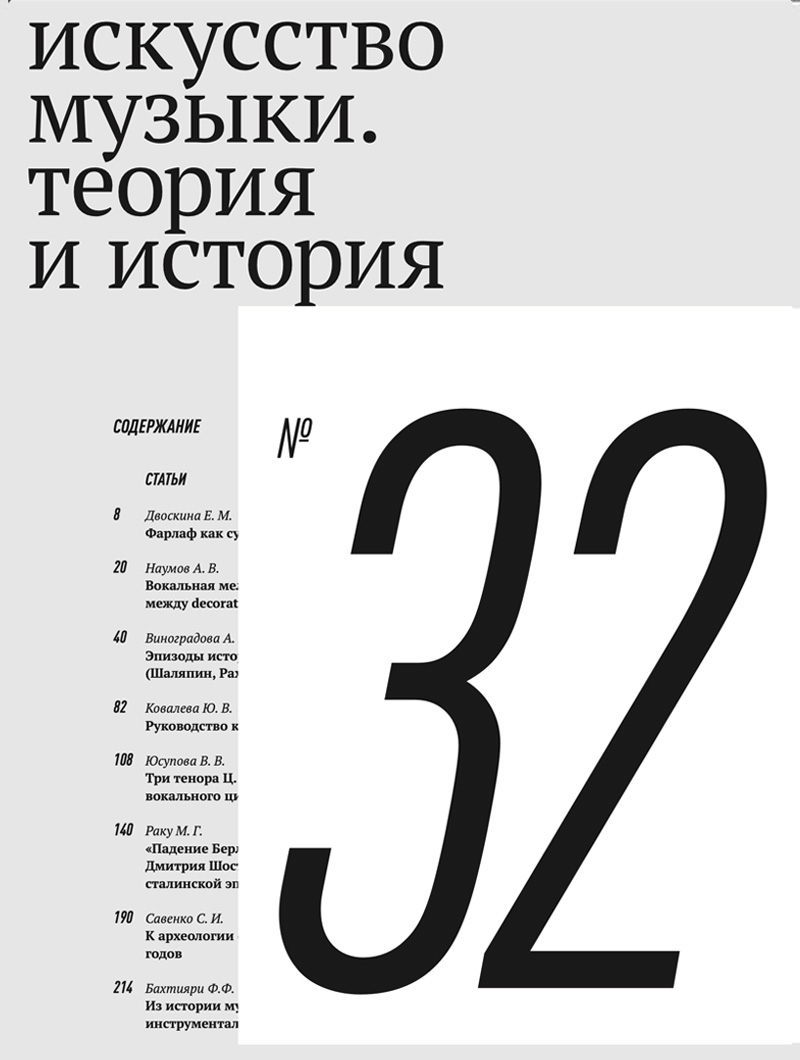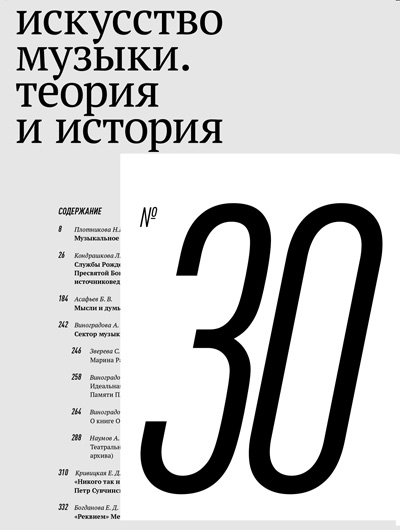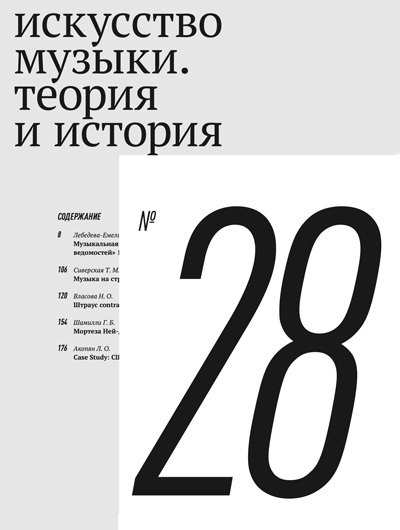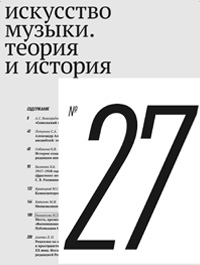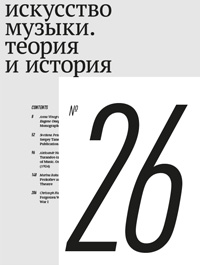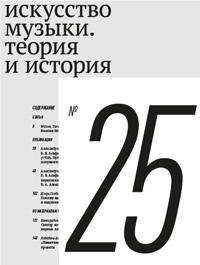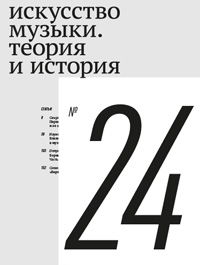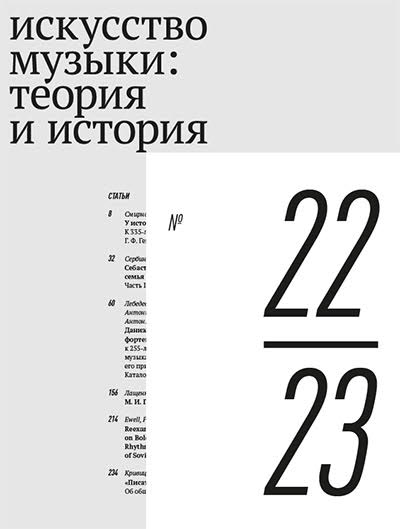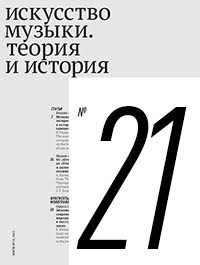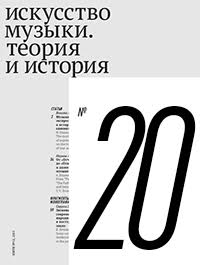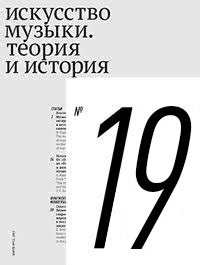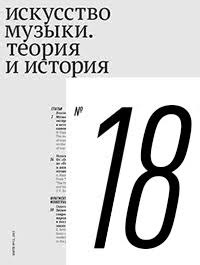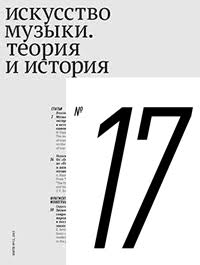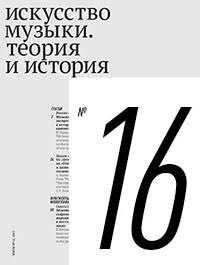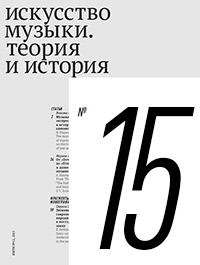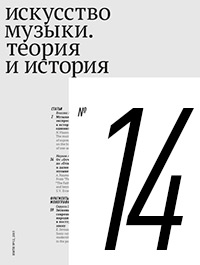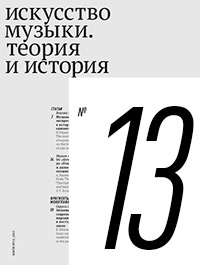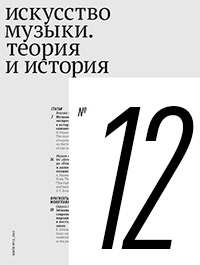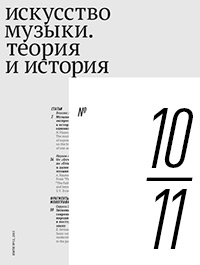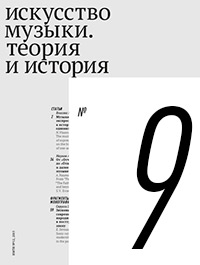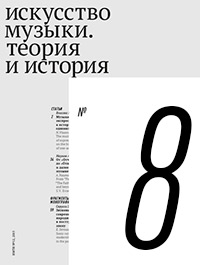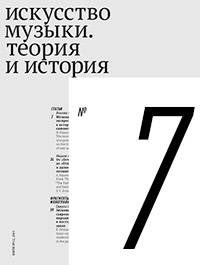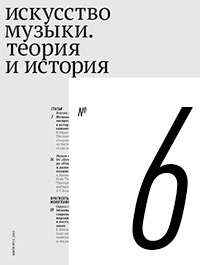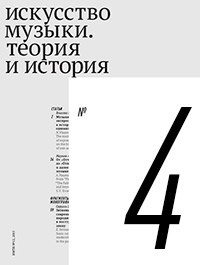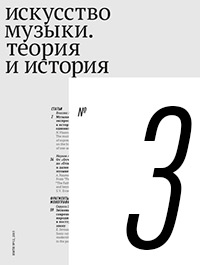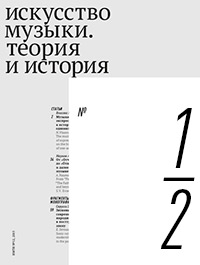2016 № 14
The articles published in the present issue deal with the theory of Russian sacred chant, history of opera singing, reception of Western classical music in the USSR, and musical life in 20th century Russia. The rubrics ‘Reviews’ and ‘Presentations’ inform about some important new editions.
The article is dedicated to the methodology of the modal analysis of the 17th century Russian Znamennïye stichera. On the basis of the ideas stated in Yuriy Kholopov’s treatise ‘Harmony. A Theoretical Course’ (chapter ‘Modes of Modal Type’), the author of the article identifies ‘bearing’ modal polychords and analyzes the balance of stable tones within each melodic unit (popevka). The terms ‘root figure’ and ‘intermediate stable tone’ are introduced. The question of a resultant (aggregate) mode of a chant, comprising the modes of its individual popevki and poetic/musical lines is put forward. Specific conventional signs for individual modes are proposed.
Taking into account Wagner’s writings and other documents of the epoch, as well as works by Russian and foreign scholars, the author analyzes the phenomenon of Wagnerian Heldentenor in a historical perspective: from its origins to our days. The issues discussed in the article include the formation and evolution of the Wagnerian vocal style, Wagner’s collaboration with the first performers of tenor parts in his operas and with the German singing teachers F. Schmitt and J. Hey, and the development of Wagnerian performing style from the late 19th century to our days – in particular, the process of rethinking the notion of Heldentenor.
The article deals with the history of the reception of French revolutionary musical culture during the early years of the Soviet era. The attitudes of ideological services, artistic elite and mass audiences changed with time; the character of this evolution is demonstrated on a number of examples.
The article deals with lesser known aspects of the history of World War II. In the centre of attention is Smolensk, occupied by the Germans from July 1941 to September 1943; some attention is paid also to other occupied Soviet cities. Social, cultural and religious aspects of the life of Soviet citizens under the ‘New Order’ are discussed; the issue of ‘collaborationism’ is touched upon. The musical life in Smolensk in the years preceding the Great Patriotic War and under the Nazi occupation is investigated in detail. The paper is based on archival sources from the State Archives of Smolensk region and the Central State Archives of the High Government Bodies of Ukraine. The information from interviews with those residents of Smolensk who have survived the occupation is used. For the first time the importance of studies of the history of occupation for understanding the history of culture of Russian diaspora is highlighted.
The article deals with the problems of Russian Orthodox Church singing in the 1950–60s on the example of the activities of one of the outstanding clerics of the epoch, Archbishop Sergiy (Larin).
